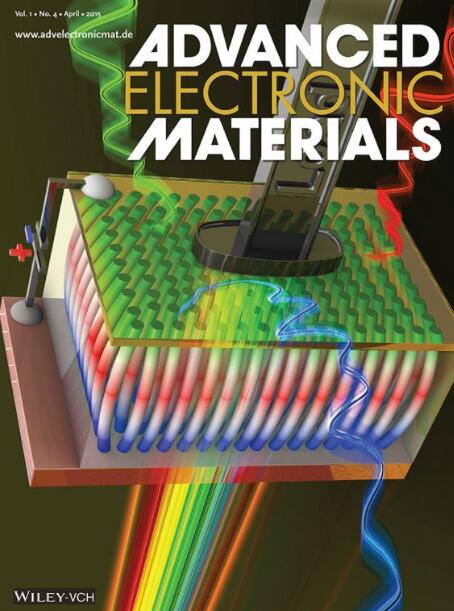Neuromorphic Motor Control with Electrolyte‐Gated Organic Synaptic Transistors
IF 5.3
2区 材料科学
Q2 MATERIALS SCIENCE, MULTIDISCIPLINARY
引用次数: 0
Abstract
Neuromorphic motor control systems aim to emulate the adaptive and efficient motor regulation observed in biological organisms by seamlessly integrating sensing and processing with actuation. Electrolyte‐gated organic synaptic transistors (EGOSTs) have emerged as promising building blocks for such systems due to their ability to mimic synaptic behavior through ion–electronic coupling, analogous to biological synapses. This review highlights recent advances in EGOST‐based neuromorphic motor control systems, focusing on their operational mechanisms, biological synaptic plasticity characteristics, and integration with motor actuators. A biological perspective on motor control is provided, emphasizing the roles of synaptic transmission and plasticity. It is then examined how these functions are emulated in EGOSTs, including strategies for tuning device behavior through morphology control and incorporating intrinsic sensing capabilities within a single device. Applications are categorized across artificial muscle fibers, robotic manipulators, and neuromuscular prostheses, demonstrating the versatility of EGOSTs in enabling low‐power, adaptive, and biointegrated motion control. Finally, key challenges—such as material limitations, electrochemical stability, and system‐level integration are discussed—that must be addressed to transition from proof‐of‐concept demonstrations to real‐world applications. This review underscores the transformative potential of EGOST‐based neuromorphic platforms for future wearable robotics, neuroprosthetics, and bioinspired intelligent systems.电解质门控有机突触晶体管的神经形态运动控制
神经形态运动控制系统旨在通过无缝集成传感和处理与驱动来模拟生物有机体中观察到的自适应和有效的运动调节。电解质门控有机突触晶体管(EGOSTs)由于其通过离子-电子耦合模拟突触行为的能力,类似于生物突触,已成为此类系统的有前途的构建模块。本文综述了基于EGOST的神经形态运动控制系统的最新进展,重点关注其运作机制、生物突触可塑性特征以及与运动执行器的集成。从运动控制的生物学角度出发,强调突触传递和可塑性的作用。然后研究了如何在EGOSTs中模拟这些功能,包括通过形态学控制和在单个设备中合并固有传感能力来调整设备行为的策略。应用范围包括人造肌纤维、机器人操纵器和神经肌肉假体,展示了EGOSTs在实现低功耗、自适应和生物集成运动控制方面的多功能性。最后,讨论了关键挑战,如材料限制,电化学稳定性和系统级集成,必须解决从概念验证演示到现实世界应用的转变。这篇综述强调了基于EGOST的神经形态平台在未来可穿戴机器人、神经假肢和生物智能系统中的变革潜力。
本文章由计算机程序翻译,如有差异,请以英文原文为准。
求助全文
约1分钟内获得全文
求助全文
来源期刊

Advanced Electronic Materials
NANOSCIENCE & NANOTECHNOLOGYMATERIALS SCIE-MATERIALS SCIENCE, MULTIDISCIPLINARY
CiteScore
11.00
自引率
3.20%
发文量
433
期刊介绍:
Advanced Electronic Materials is an interdisciplinary forum for peer-reviewed, high-quality, high-impact research in the fields of materials science, physics, and engineering of electronic and magnetic materials. It includes research on physics and physical properties of electronic and magnetic materials, spintronics, electronics, device physics and engineering, micro- and nano-electromechanical systems, and organic electronics, in addition to fundamental research.
 求助内容:
求助内容: 应助结果提醒方式:
应助结果提醒方式:


